Troubleshooting Video Meetings
Things to Try First:
1. Be sure the system requirements are met
- System requirements for video meetings can be found here:
2. Use a recommended browser
- See the above system requirements for a list of recommended browsers by device
- Internet Explorer as a browser is NOT SUPPORTED
- Microsoft Edge is only supported if using the new, "Chromium" version. This is fairly recent and requires a specific install to upgrade the old edge. You can tell if it's chromium edge by the icon.
- Chrome on IOS (iphone and Ipads) is not supported. Safari will work.
3. Run the pre-call test to be sure browser can access the camera and microphone
- Access the pre-call test
- Be sure that the camera and microphone are allowed when accessing the Jujama site in the browser. This is usually accessible in the address bar or the settings.
- If using a IOS device such as Iphone or Ipad, you must run the pre-call test in Safari.
4. Try Incognito/Private Mode
- This will disable any plugins that might cause issues.
- One plugin known to cause the camera not to work is "HTML5 Autoplay" (a plugin that prevents videos from autoplaying in the browser, which also affects WebRTC).
5. Try a system reboot
- This may release the camera from previously used apps to make it accessible for video meetings.
Camera Issues:
- Sometimes other apps may commandeer the camera or make it unavailable for other apps. To combat this, check camera privacy settings.
- If using windows 10, check camera privacy settings by following these instructions.
Other Troubleshooting Resources:
- Tokbox General Troubleshooting Tips
- Restricted Network Guides (if firewall is the issue)
- Network Connectivity Requirements
- Tokbox Security Features
- If applicable, ask IT to check a session inspector output in tokbox to see if any other errors are present
- Try a "Connectivity Doctor" app for mobile devices (available for iOS on the App store and for Android devices on Google Play)
Browser/OS Microphone and Camera Selection
Chrome
- On first access, a user should be sure to select "allow" in the microphone/video popup. They may not get this popup if permissions have already been accepted.
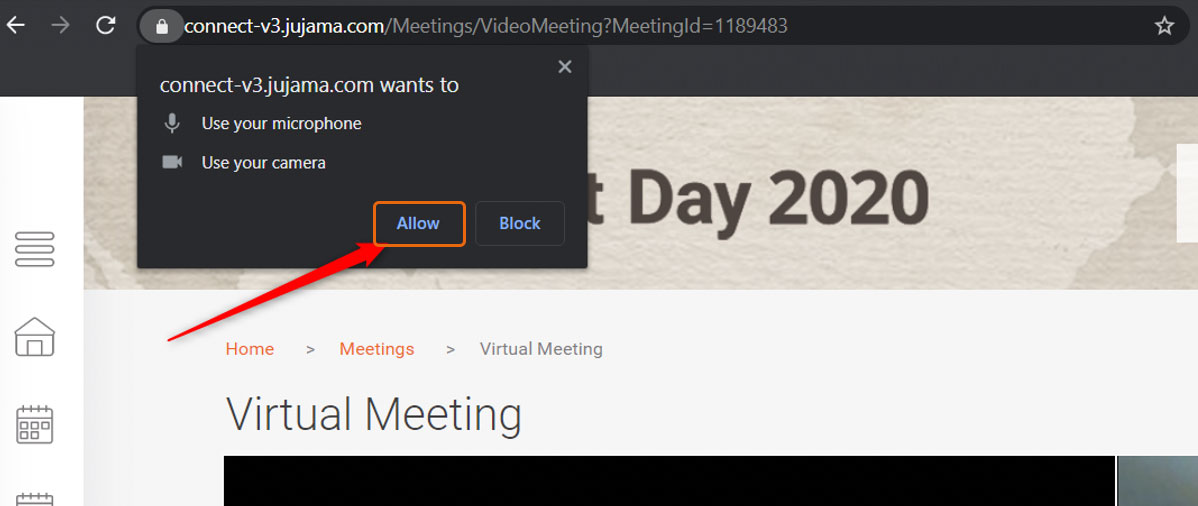
- Once done, or if already accepted previously, you can view the current microphone and camera selection by clicking the camera icon in the address bar. If the icon is not there, open the browser preferences and click "Privacy and Security" then "Site Settings"

- This will show the selected camera and microphone, and also allow you to change these settings by clicking "Manage".
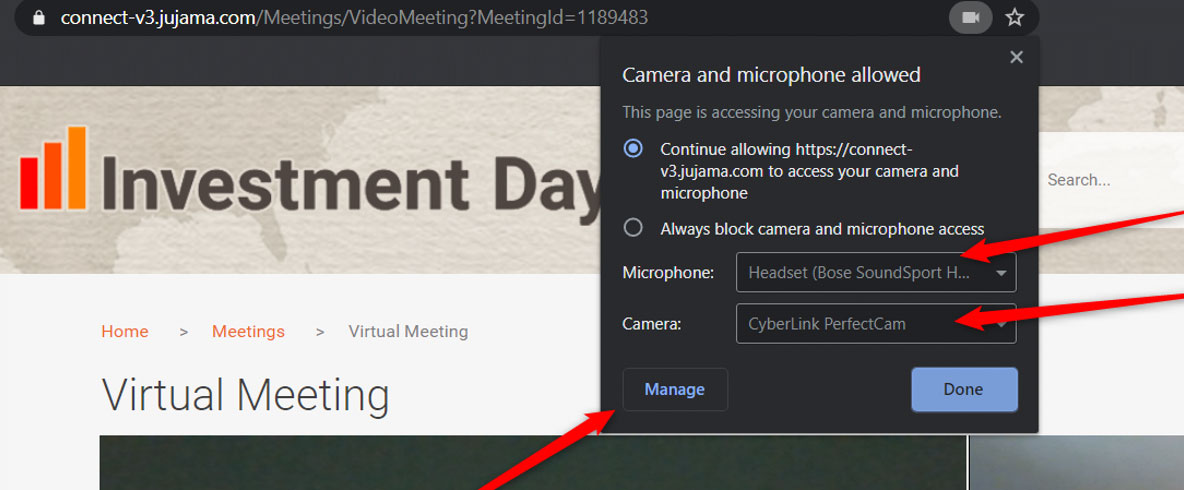
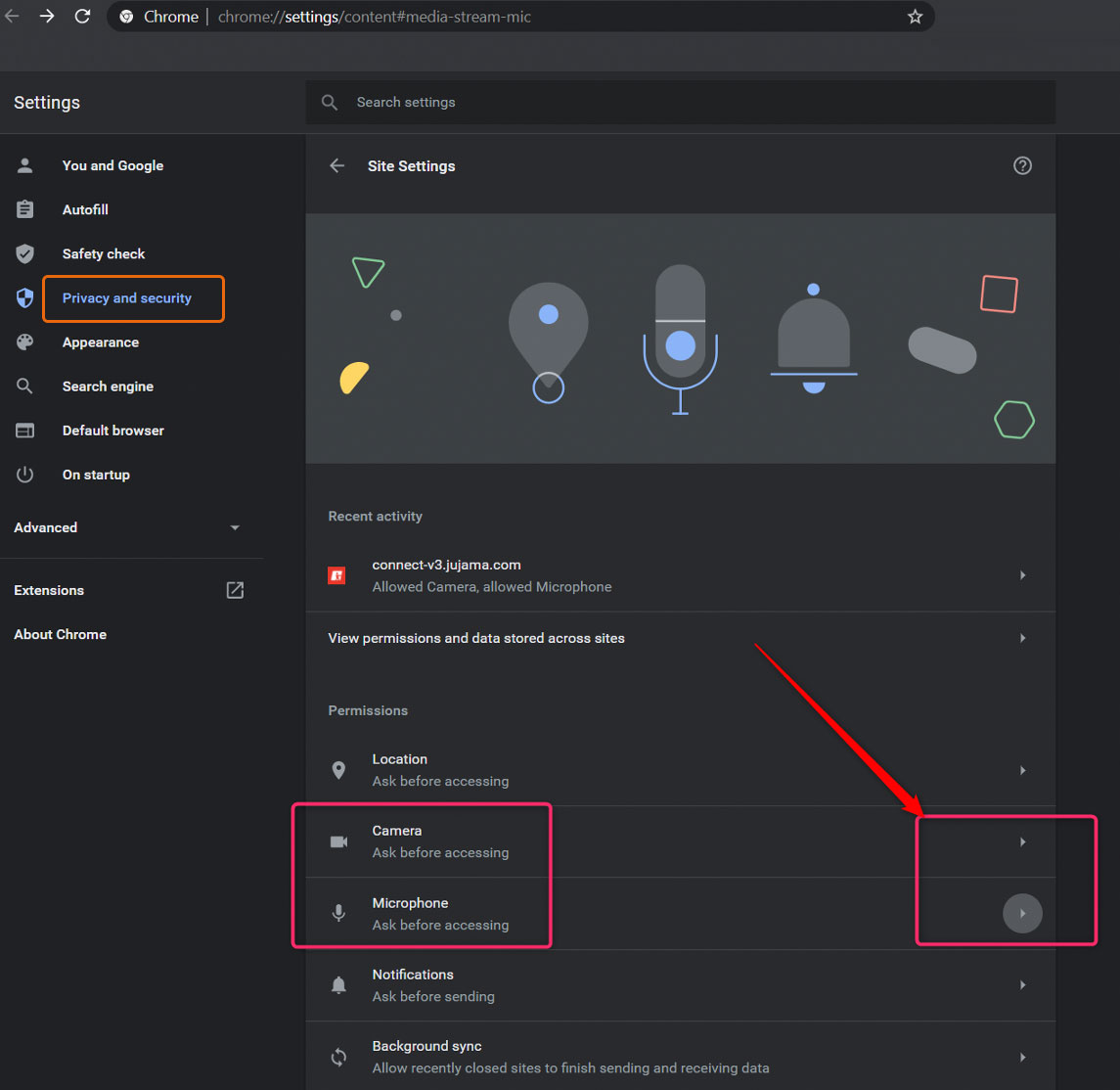

Firefox
- On first access, a user should be sure to select "allow" in the microphone/video permissions popup. They may not get this popup if permissions have already been accepted.
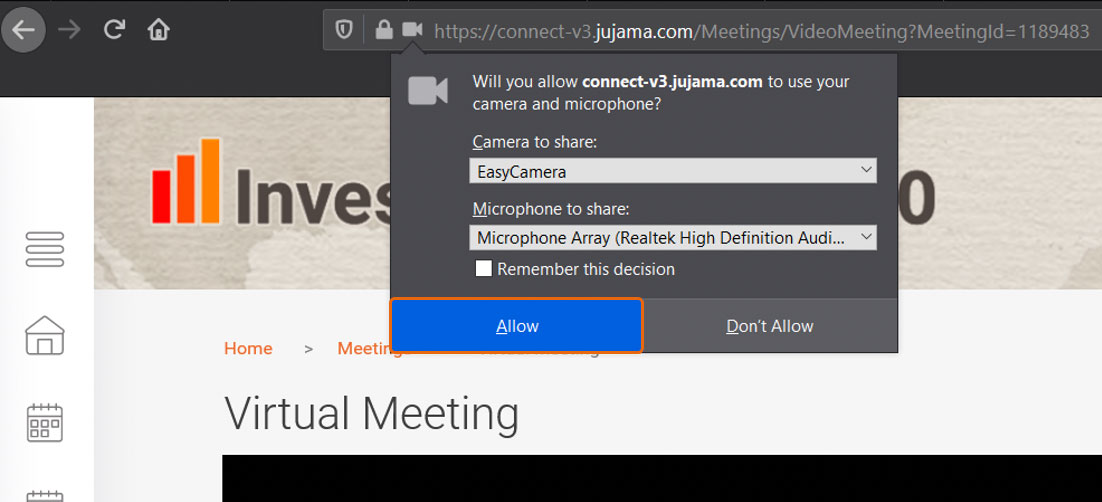
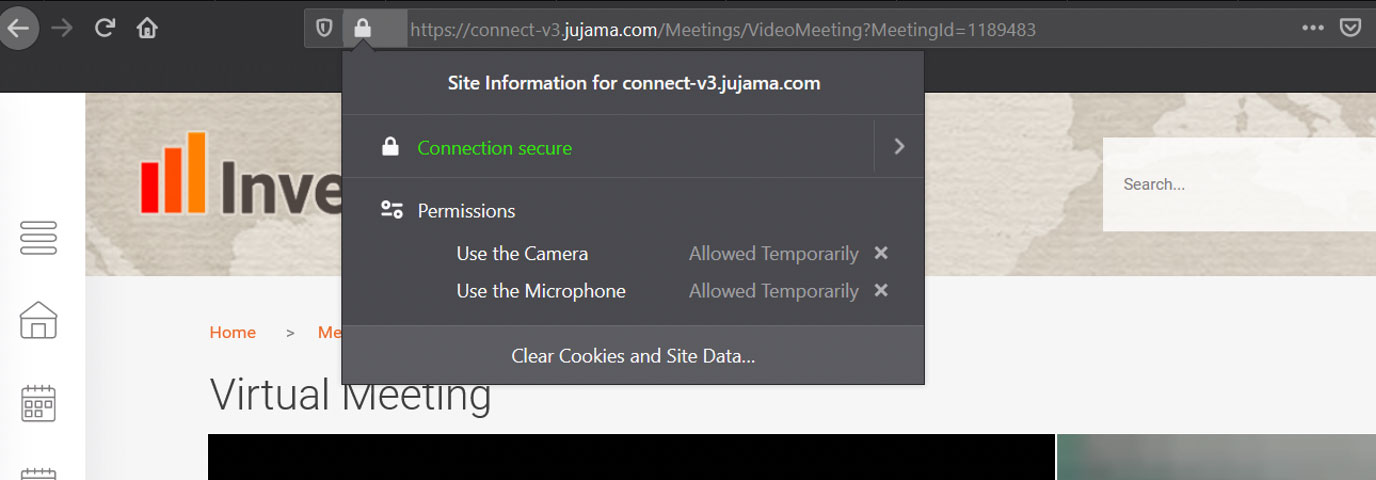
- Once done, or if already accepted previously, you can view the current microphone and camera selection by clicking the camera icon in the address bar. If the icon is not there, open the browser preferences and click "Privacy and Security" then "Site Settings

Safari on Mac
- On first access, a user should be sure to select "allow" in the microphone/video permissions popup. They may not get this popup if permissions have already been accepted.

- Once done, or if already accepted previously, you can view the current microphone and camera selection by navigating to "Safari" then "Preferences". Click the "Websites" tab, then choose both camera and microphone from the left and select "Allow" for the Jujama website.
Safari on Windows
- Speaker output is not handled in the browser settings and is instead selected using normal windows audio device and volume settings.
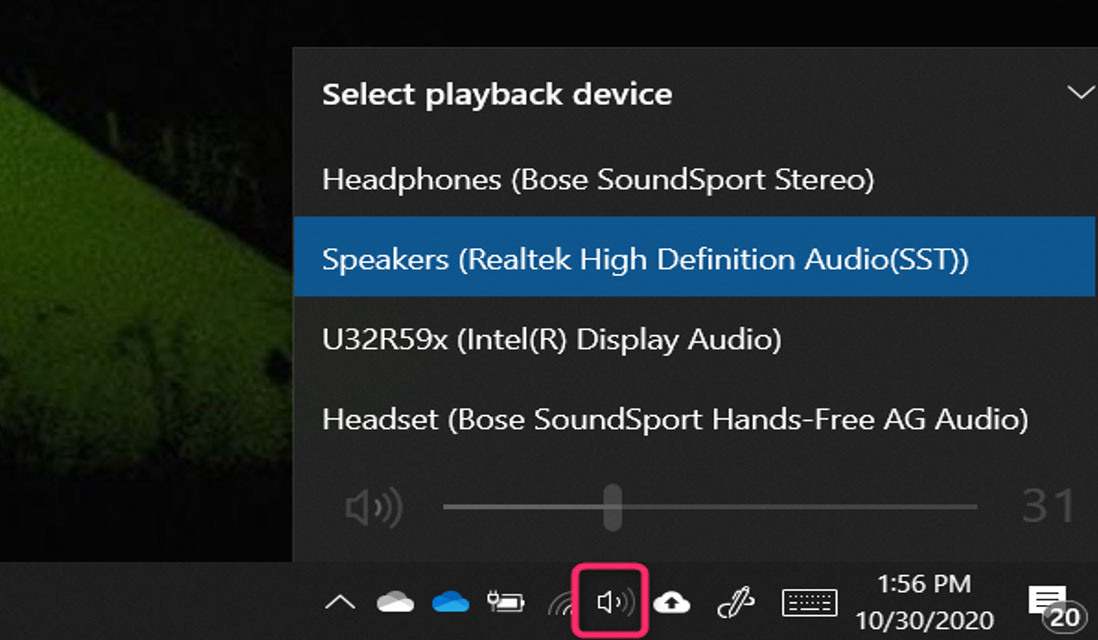
macOS Screen sharing
On macOS 10.15+ (Catalina), to publish a screen-sharing stream the user must grant the browser access to the screen in macOS. This can be done under System Preferences > Security & Privacy > Privacy > Screen Recording.










